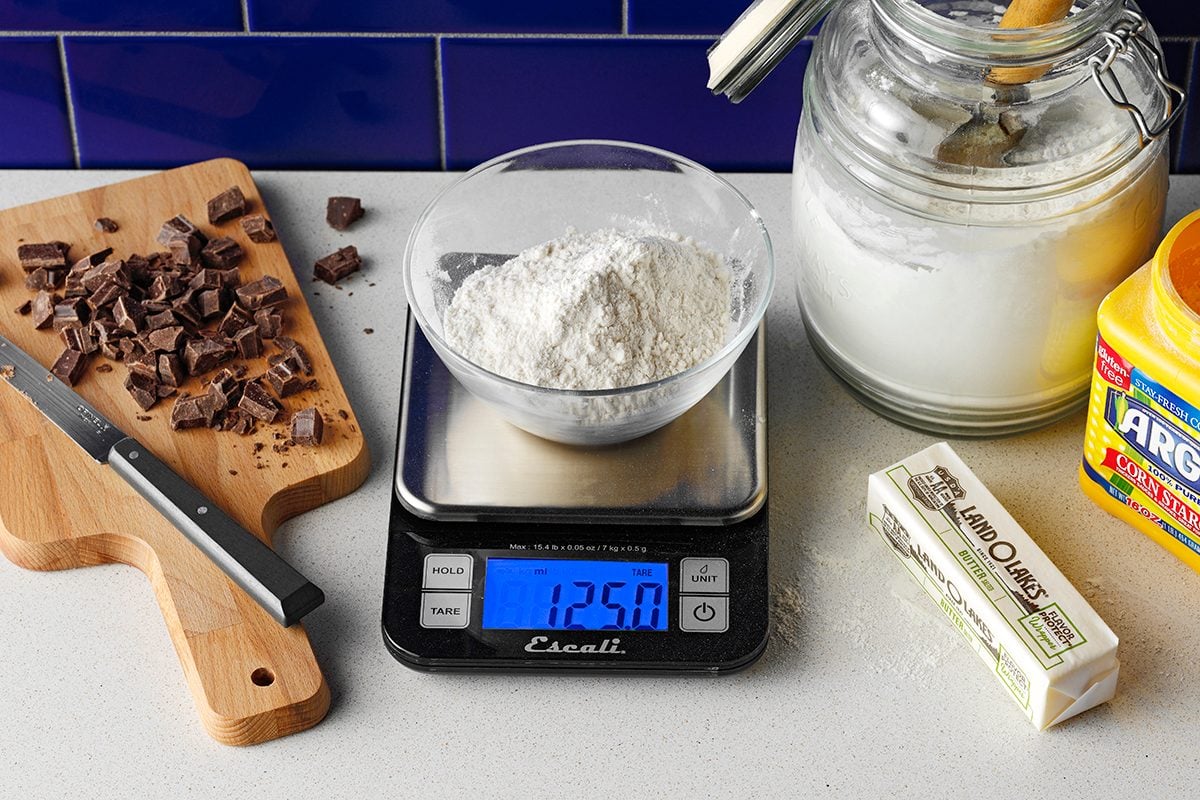Don't eat flour?
"Maida is a weak poison." This idea is prevalent everywhere. Maida is listed as a 'unhealthy' food with no nutritional value. On the contrary, the portion of flour is more in the food that we consume every day. Bread, Chowmein, M:M to Biscuits, Noodles, Cookies are all flour based dishes.
Is flour really inedible?
Nutritionist Anushree Acharya refutes this question. She says, 'This is a big illusion. If flour was not to be eaten, it would not be allowed to be brought to the market as inedible.''
Edible flour
Food Research Officer Ujjwal Rayamazhi says maida is not "inedible". "Flour is edible," he says, "but it is less nutritious because the bran is removed during processing."
Generally flour and atta are made from wheat. During the preparation of maida, the entire husk of wheat is removed and ground twice. Bleaching is also done to make it white and soft. Such flour is said to be comparatively less nutritious.
Acharya, a nutritionist, says that flour is made at home in the traditional way. He says that no harmful chemicals are mixed in the flour prepared in this way, so it can be eaten safely.
Nutritionist Acharya says, "It is not a myth that flour should not be eaten, but based on the merits and demerits of any food, it is determined how much to eat, who eats it, and how to eat it." Accordingly, you should eat in a healthy manner.
She says that she eats flour dry roti, pani roti, boiled m:m, noodles. But food prepared by mixing the same flour with other ingredients and frying it in oil can be harmful. Like, samosa, chowmin, jerry, biscuit, noodle.
There is also a widespread understanding that flour or flour-based foods harm the stomach and liver. Stomach and liver specialist Dr. When we asked this question to the Relict Bhandari, his answer was, "If someone has gluten celiac disease, they should not eat maida." Apart from that situation, others will not do much harm if they eat maida.
There is a different argument from the popular opinion about Maida, Dr. Bhandari's "It is wrong to say that eating maida causes gastric or stomach related diseases," said Dr. Bhandari says, 'How and how much maida is eaten is important.'
What harm does flour do?
If you search for the harm of maida, you will find many such materials on the internet, which explain that maida is 'not to be eaten'.
As mentioned there, the amount of nutrients and fiber in maida is zero. Due to the lack of fiber in maida, it causes digestive problems. Eating flour or flour-based dishes is said to cause damage to the intestines, constipation, indigestion and acidity.
Similarly, because the amount of glycemic element is high in maida, it increases the amount of sugar in the blood. Due to the high amount of starch in maida, it is said to increase bad cholesterol.
Maida should be mixed and eaten
Although it is true that maida does not contain fiber, it is an edible food, says Acharya, a nutritionist. "It is wrong to say that the amount of fiber in maida is zero, it causes problems in the intestines and increases obesity," she says.
She says that how, how much and who eats flour is more important than whether to eat it or not. "Maida should be eaten in the right amount, in the right way," she says, "there is no harm in eating it this way."
Dr. Stomach and Liver of Baneshwar Civil Hospital. According to Vidhanidhi Paudel, mixing flour with other fibrous or nutritious foods does not harm the stomach.





